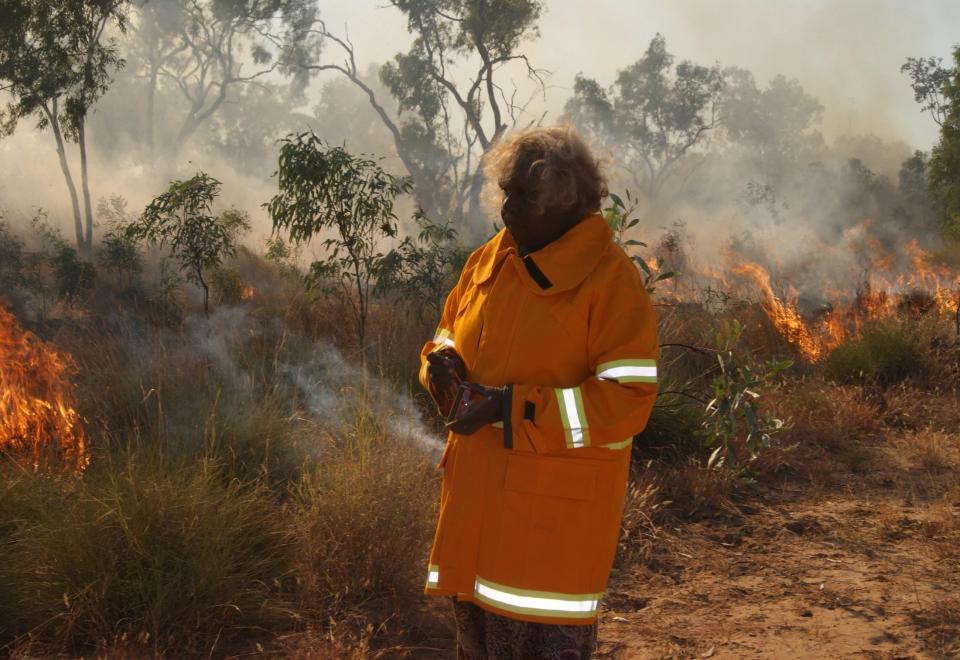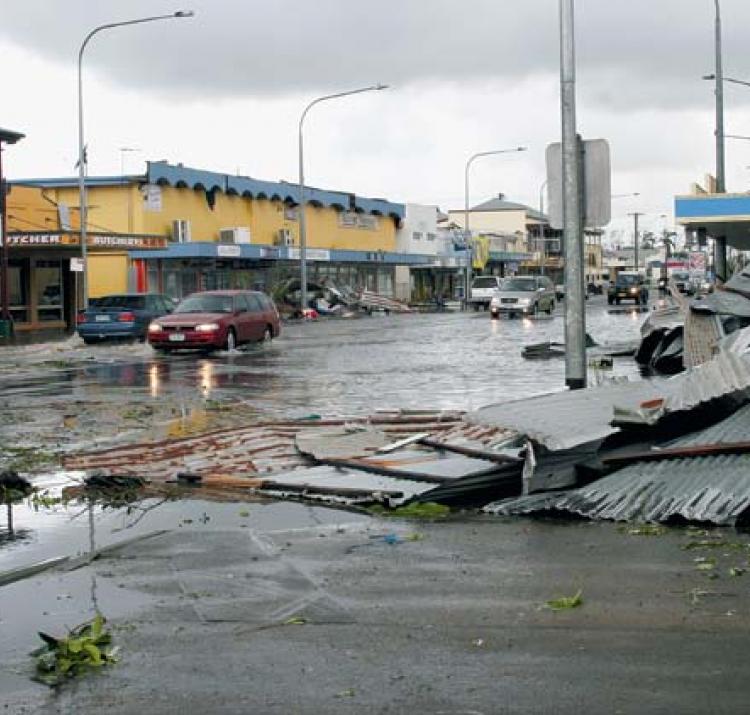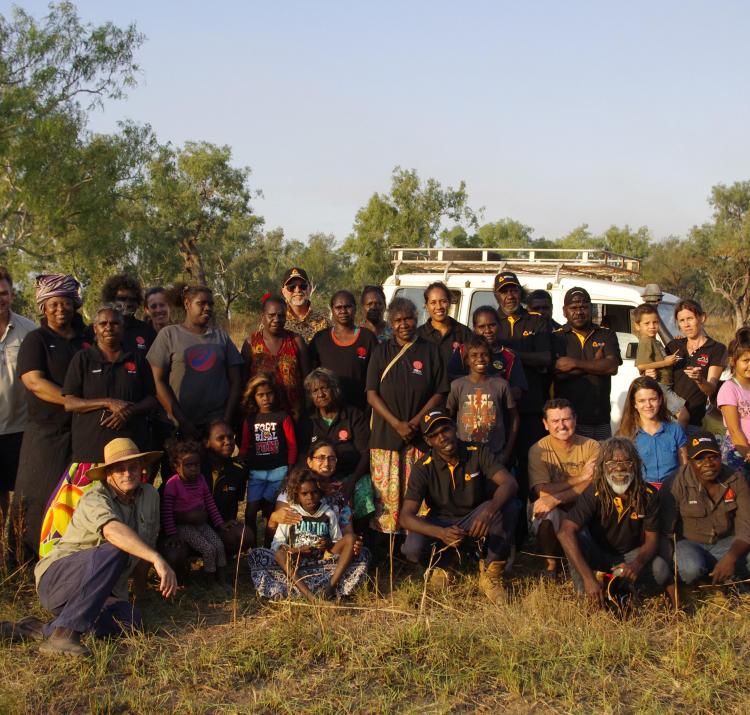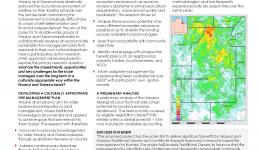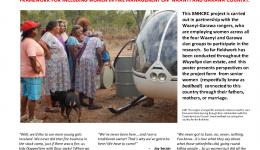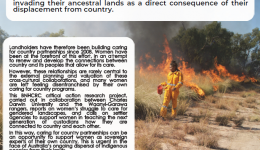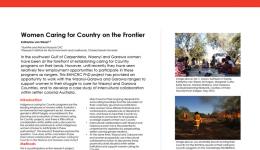Student researcher
With a third of Australia under some form of Indigenous landownership (Altman and Jackson 2014) it is imperative for emergency and land management agencies to collaborate with Indigenous communities (Palmer 2006; Altman et al. 2007; Altman et al. 2009). However, Australian government organisations typically impose western management agendas upon Indigenous peoples in these so-called ‘collaborations’ (Sithole 2007; Muller 2012; Eriksen and Hankins 2014). In addition, many agencies remain oblivious to the highly gendered nature of Indigenous knowledge and practice (Rose 1996), and may (unwittingly) deny Indigenous women the opportunity to fulfil their specific cultural responsibilities towards country (Eriksen and Hankins 2014). These top-down approaches are increasingly recognised as ineffective at empowering Indigenous peoples to manage their vast homelands (Smyth 2011).
The caring for country movement offers a radically different paradigm to emergency and land management models based on western modernist values (Kerins 2012). ‘Caring for country’ is an Aboriginal English expression, that describes more than just looking after a place and its natural resources (Kerins 2012). It is founded on deep spiritual connections and responsibilities between people – men and women, past and present - and their kin, culture, sacred places, and ancestral beings (Kerins 2012). Although Aboriginal Australians have always been caring for country, this concept emerged as an Indigenous development movement in the 1990s, in the wake of land rights being returned to Indigenous peoples in parts of remote Australia (Taylor 1995). It grew into a cooperative network of Indigenous ranger groups that helped communities adapt and transform in the face of ongoing impacts of settler-colonialism and environmental destruction (Kerins 2012; Rostron et al. 2012), building the resilience of remote Indigenous Australia.
The Waanyi and Garawa people of the remote southwest Gulf of Carpentaria have been running their own successful caring for country project since 2005 (Green and Morrison 2012). With federal funding to combat the wildfires that were devastating the region, they employed a small ranger group who now care for their 11.000 km² land trust (Green and Morrison 2012). Many Waanyi and Garawa women helped establish this project, and many women and men alike have been disappointed and frustrated that lack of long-term funding and control over expenditures has delayed the formation of a dedicated woman ranger program (Green and Morrison 2012).
In 2015 the Waanyi-Garawa rangers partnered with the BNHCRC in this participatory action research project towards women caring for Waanyi and Garawa country. For the Waanyi and Garawa people this was an opportunity to finally develop their women ranger program. For the BNHCRC, this research provides a case study of successful collaborative land management in remote Indigenous Australia, and a gendered analysis of the caring for country movement as a strategy towards community resilience. By employing resilience theory as a framework for analysis, this project contributes to the broader parent BNHCRC project “Enhancing remote north Australian community resilience”.
| Date | Title | Download | Key Topics |
|---|---|---|---|
| 07 Jul 2015 | Katherine van Wezel PhD Progress Report 2015 |
|
|
| 04 Apr 2016 | Kate van Wezel - towards culturally appropriate fire management |
|
fire, indigenous communities, local knowledge |

